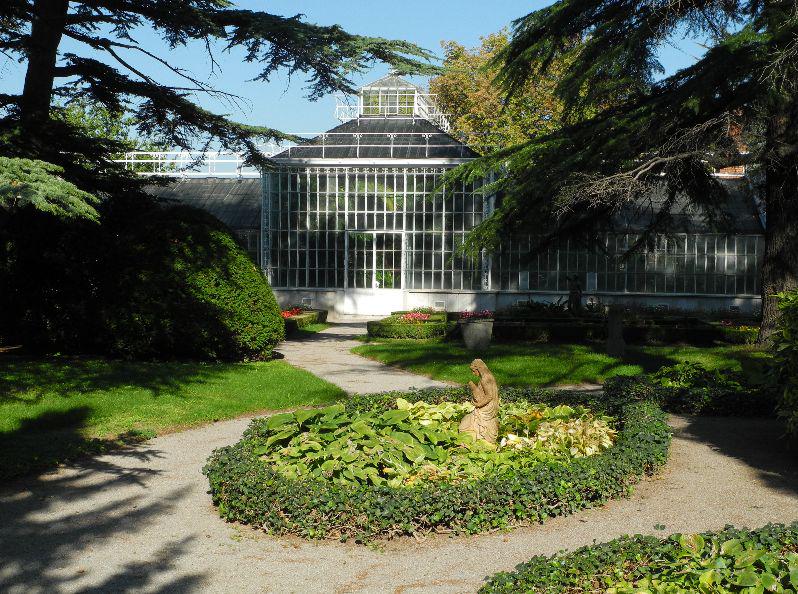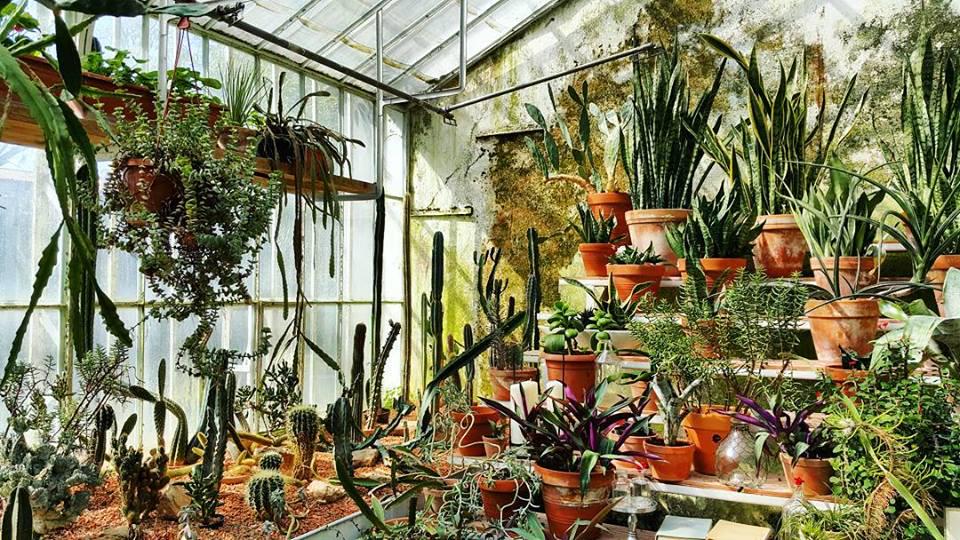

The park was established in the 1840s by members of the wealthy Scaramangà family from the port city of Trieste. They set aside a part of the park for plants from the dry, windswept Karst Plateau, but they also added plants that they had obtained from their travels around the Mediterranean.
A portion of the park was shaped into a classical Renaissance-style park, but other parts were left in a more natural state, with footpaths among the trees. Members of the family added fruit trees from Southern Italy and French vines, both of which thrive in the sub-Mediterranean climate of the Karst. In 1890, the family built a greenhouse on the property. A miniaturized version of Vienna’s Schönbrunn Conservatory, it introduced visitors to palms from around the world.
Several generations of the Scaramangà family cared for the park. In the 1940s, the last owner, Giovanni Scaramangà, convinced the occupying German forces not to burn down the park. But after the war, the garden was nationalized by the Communist authorities. About a third of the park was destroyed when a new railroad passed through the property. But the new management eventually realized the value of their park and they even began to add various species of plants.
Nowadays, the Sežana Botanical Garden contains several hundred species of plants. Some are rarely found in Slovenia, while others provide insight into the unique flora of the Karst plateau – a unique region that separates inland Slovenia from the Adriatic Sea.ž

































































